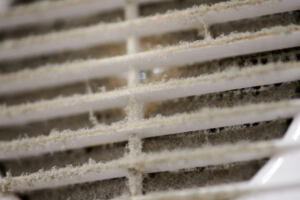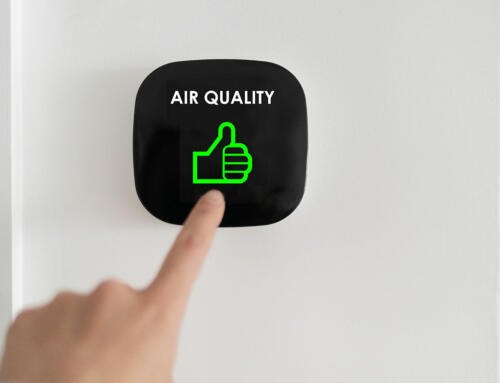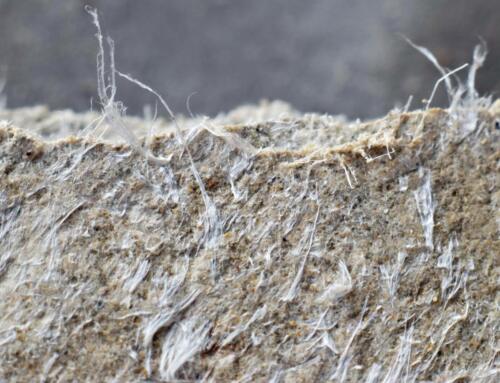Indoor Allergy Screening
Allergies….A large number of Americans suffer everyday.
Across the United States, the number of people with asthma and allergies has increased dramatically, especially in children. Sensitivities to indoor allergens poses a health problem to large segments of the population and chronic exposure can lead to more serious illnesses like asthma.

So what if something in your home, your child’s school, or your workplace is causing allergy-like symptoms that you are unaware of?
Common sources of indoor allergens include pets, dust mites, cockroaches, mice, and mold.
Dust mites are ubiquitous in nature and are found in virtually every household. Mites prefer warm, moist surroundings, and thrive in bedding and in floor dust when humidity is high.

Cockroach allergens are widely distributed in homes and schools. About 20% of homes with no evidence of cockroach infestation have significant levels of cockroach allergen in settled dust. The level of cockroach allergen in school dust is of concern because it may constitute an important occupational risk to students, teachers and other school workers.
Cat allergen is very sticky and can be found in high levels on walls and other surfaces within homes. Those who touch cats or visit households with cats easily carry cat allergen from home to home, office, school, etc. Carpeting, bedding, and upholstered furniture in the home serve as reservoirs for deposited dog allergen. Cat and dog allergen can remain airborne for long periods of time, in part because these allergens are associated to a significant extent with smaller particles of <5 micrometer.
Fungal (mold) spores, which are a natural part of the outdoor environment, also contain allergens. Some exposure to these spores is normal, but for sensitized people, exposure both indoors and out can lead to symptoms.
Testing is available for indoor allergens. Sampling for these indoor allergens can be done by collecting dust samples and submitting them for ELISA (enzyme-linked immunosorbent assay) analysis. A portion of the
dust sample received is weighed, extracted and then analyzed for dust mite, cockroach, cat, mouse, rat, and mold allergens.
Test results are expressed as micrograms (μg) or units (U) of allergen per gram (g) of dust. A level of 2.0μg of dust mite allergen per gram of dust is the generally recognized threshold for sensitization and symptom development among susceptible individuals. Cat allergen levels in the range of 1–8μg/g of Fel d1 per gram of dust is considered to pose a significant risk for sensitization. Studies have shown that children exposed to Bla g2 at a level of 0.08μg/g or higher developed skin sensitivity and children who were exposed to more than 0.2μg/g of Bla g2 became sensitized. Sufficient evidence is not yet available for establishing threshold risk levels for dog, mouse, rat, or mold allergens. Detectable levels of dog, mouse or rat allergen may indicate unusual exposure. Mold allergens are ubiquitous both outdoors and indoors, and sensitivity levels have not yet been determined.
If you would like more information about having an Indoor Allergen Screen in your home, feel free to contact NoVA Environmental Solutions.






